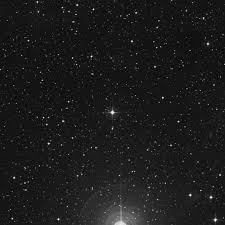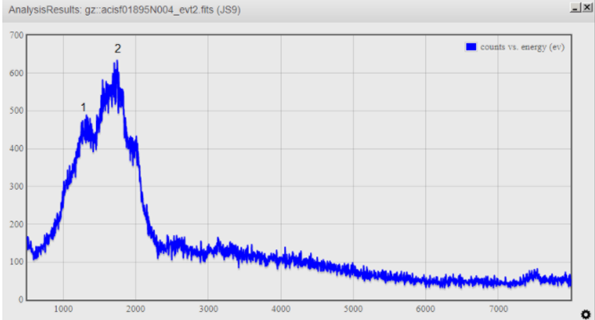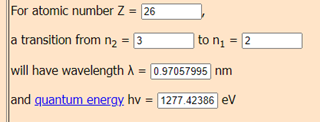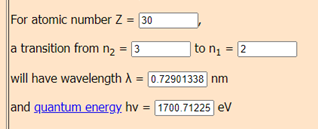WHAT IS A VARIABLE STAR?
Variable stars are stars that seen from Earth experience a variation in brightness or fluctuation (apparent magnitude) over time. This variation can be caused by a change in the emitted light or because something partially blocks the light, so variable stars are classified as follows:
-Intrinsic variables: whose luminosity really changes; for example, because the star periodically expands and contracts.
-Extrinsic variables: whose apparent changes in brightness are due to changes in the amount of light that can reach the Earth; for example because the star has an orbiting companion that sometimes eclipses it.
WHY DO THEY CHANGE IN BRIGHTNESS?
There are a number of reasons why variable stars change their brightness. In general it happens when the star is either very young or very old, which is when it didn't reach or lost its stability.
The different causes of light variation in variable stars provide guidance for classifying the stars into different categories. Variable stars are classified as intrinsic, when the variability is caused by physical changes, such as pulsations or eruptions in the star or stellar system, or extrinsic, in the case that the variability is caused by the eclipse of one star by another, the transit of an extrasolar planet, or by the effects of stellar rotation.
HR2583

This is its energy spectrum from JS9 with its most importants energy peaks.

Then, I have calculated each peak's percentatge and find out which elements they contain.
I have used this formula:

-PEAK 1: 7864 mm2/ 61534 mm2 · 100 = 12,78 % (Fe) Iron
-PEAK 2: 14935 mm2/ 61534 mm2 · 100 = 24,27 % (Zn) Zinc
TOTAL AREA: 61534 mm2
(Fe) Iron: 12,78%
(Zn) Zinc: 24,27%
With the help of this website I was able to find out what element each peak corresponds to:
http://hyperphysics.phy-astr.gsu.edu/hbase/hyde.html#c4
IRON

ZINC

I have assumed that these peaks are the elements that I have indicated, but it may be that they aren't these and that it is incorrect because, in this case, the electrons jump from layer 3 to layer 2 and this means that the temperature has to be similar environmental, and therefore is low. But if we increase the layers, the electron volts go up, and for this reason it may be that my analysis is incorrect.
Comparison:
- My chemical composition of the HR2583 calculated with JS9 is similar to that of other scientists.